
Strawberry Tree, Arbutus: Planting, Pruning and Care Advice
Contents
The Strawberry Tree in a Nutshell
- Floriferous and fruitful, with strawberry-like fruits, it is dazzling from autumn through winter
- With its evergreen foliage, decorative flowers and fruits, it remains attractive all year round
- It makes a striking impact in flower beds, hedges, and even in containers
- Easy to grow in mild climates and well-drained soil, it’s the king of Mediterranean gardens
- Hardy down to -12 to -15°C, it’s quite cold-resistant and highly drought-tolerant
Our expert's word
The Strawberry Tree, Arbutus or “Arbre aux fraises” is a small shrub typical of Mediterranean scrubland, grown in gardens for its remarkable ornamental qualities from autumn through early winter: decorative and edible round fruits resembling strawberries, yellow then red as they ripen, alongside a long blooming period of white or pink bell-shaped flowers, scaly bark, and beautiful evergreen foliage with a glossy sheen throughout winter.
A staple and very common in southern France, this Mediterranean shrub thrives in mild climates spared from severe frost. However, climate change is increasingly working in its favour in colder regions!
With moderate growth, it is perfect for creating lovely informal hedges or as a standalone specimen for exotic-themed dry, low-maintenance gardens, small gardens, and even sunny terraces.
Hardy down to -12 to -15°C when sheltered from prevailing winds, undemanding, resistant to diseases and drought, the Strawberry Tree is easy to grow in warm, sunny spots or partial shade. It prefers slightly acidic soil, not too chalky but above all well-drained. By the sea, its foliage withstands salt spray. This low-maintenance shrub only fears severe frosts.
In harsh winter climates, it is best grown in pots. Some dwarf varieties of Arbutus, such as Arbutus unedo ‘Compacta’, well-suited to container growing, allow for use in small gardens or on terraces and balconies in the northern half of the country.
While the bark and leaves of the Strawberry Tree have anti-inflammatory and anti-rheumatic properties and are used against hypertension, its tangy-fleshed fruits feature in various recipes: jams, liqueurs, jellies, honey…
Planting, pruning, harvesting—discover our range of Strawberry Trees at all price points, the best varieties, and all our care tips for this unique Mediterranean fruit tree.
Botany
Botanical data
- Latin name Arbutus
- Family Ericaceae
- Common name Strawberry Tree, Killarney Strawberry Tree
- Flowering October to November
- Height 2 to 15 m
- Exposure Sun, partial shade
- Soil type Acidic, well-drained
- Hardiness -12 to -15°C depending on varieties
The Strawberry Tree, is a Mediterranean shrub belonging to the Ericaceae family, which includes heathers and rhododendrons. It is native to rocky areas of North America, Mexico, and Southern Europe and the Mediterranean. In the wild, it grows in well-drained, generally acidic, even stony soils.
This is a common shrub in gardens of southern France, from the garrigue to Corsican maquis and the sandy shores of the Landes and Nantes regions, where it grows alongside maritime pines, cork oaks, or holm oaks in acidic soils, forming true colonies called “arbousas.” From its Mediterranean origins, it has retained great drought resistance, with long roots that can reach depths of up to 10 m. It can also be found at altitudes of up to 600 m.
There are also Greek cousins, Arbutus andrachne and Arbutus x andrachnoides, a hybrid between unedo and andrachne, reaching about ten metres in height. Not to mention the American giant Arbutus menziesii or Pacific Madrone, which can grow up to 30 metres tall, with leaves much larger than its European relatives.
The Strawberry Tree is a shrub typical of mild climates, preferring regions with temperate winters and disliking severe frosts. That said, when sheltered from cold and prevailing winds, it can withstand temperatures close to -15°C for short periods without damage to its foliage. Some, like Arbutus andrachne and Arbutus x andrachnoides, are hardier and can survive down to -20°C. They adapt to harsher regions if planted in sunny, sheltered spots. It is preferable to grow the Strawberry Tree in pots in regions with very cold winters.
The Arbutus also thrives by the sea. Originally widespread around the Mediterranean and in southwestern France, this Mediterranean shrub has naturalised as far as Ireland, proof of its relative hardiness and, perhaps, of climate change!
The Strawberry Tree is a pyrophytic species; after a fire, it quickly recolonises the area, as the heat promotes the germination of dormant seeds.
The Strawberry Tree grows quite slowly and forms a bush with several twisted trunks. The bushy silhouette varies in compactness depending on the species. In our gardens, it remains modest in size, typically reaching 3 to 5 m in height at maturity, with a similar spread.
Its slow growth is matched only by its longevity: planted in suitable conditions, it can live for several hundred years.
Most have a beautiful scaly reddish-brown bark that peels in spring in thin strips, like plane trees, revealing new cream or green bark. Young upright shoots and secondary branches have a reddish hue.
The shrub offers attractive dark or medium green foliage that remains evergreen through winter. The oval leaves, dark green on top and light green or glaucous underneath, are glossy, simple, leathery, sometimes toothed or entire. They measure 5 to 15 cm long.
It is on this dense, shiny foliage that the panicles of white flowers and fruits appear.
Arbutus unedo, the most commonly cultivated in our gardens, flowers in autumn, September-October, just as the berries ripen. Other strawberry trees flower at different times: Arbutus andrachne from March to May, Arbutus menziesii in May.
The greenish-white, cream-white, or pink flowers of the ‘Roselily’ cultivar, shaped like small white bells 7 mm in diameter resembling lily-of-the-valley or tiny cracked eggshells, are grouped in hanging panicles 5 cm to 20 cm long in Arbutus menziesii. Honey-producing, they attract many pollinators to the garden and offer abundant, long-lasting autumn and winter blooms, appearing in Arbutus unedo from late August or early September to January.
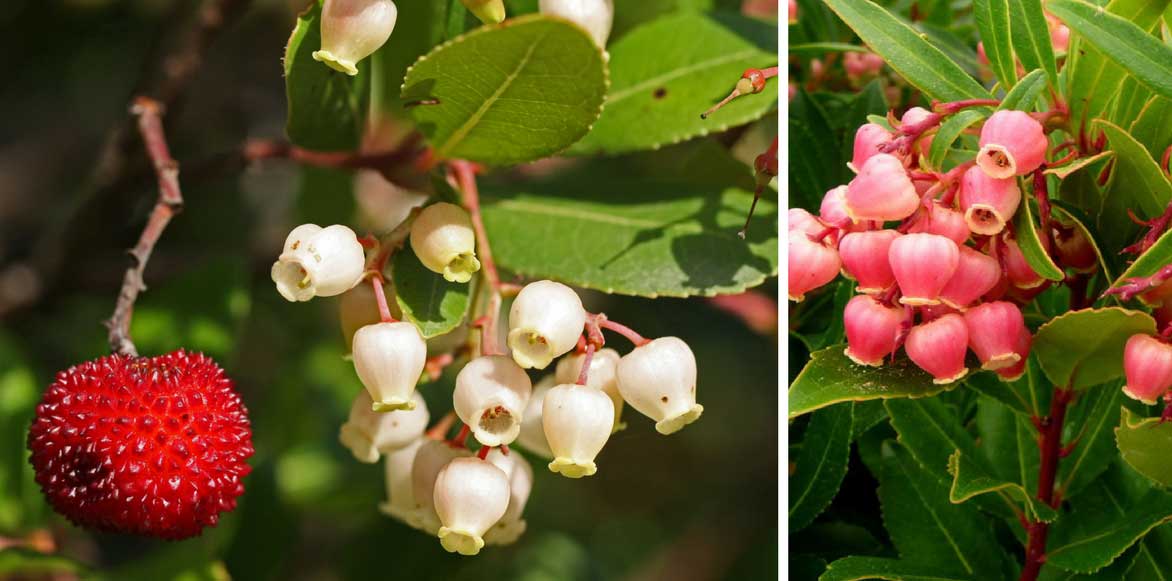

The flowers of the Strawberry Tree vary by cultivar, white in Arbutus unedo (LD-Miltos Gikas) or pink like in A. unedo ‘Rubra’.
It flowers for a long time, continuously producing delicate flowers perfectly highlighted by glossy, leathery dark green foliage.
This decorative shrub has particularly interesting fruiting. The flowers coexist with the fruits or arbutus berries from the previous year, finally ripening: it takes a year for the drupes to mature! A year after flowering, they give way to small edible round fruits with rough skin covered in tiny spikes, initially green, then yellow, and finally scarlet red when ripe in late October.
Resembling strawberries, these fleshy little balls, much loved by birds when food becomes scarce, measure 2 to 3 cm in diameter (up to 12 mm in Arbutus andrachne and 1 cm in Arbutus menziesii). These highly decorative red fruits persist on the shrub through winter.
In midwinter, the Strawberry Tree retains its foliage while simultaneously bearing the year’s white or pink flowers and the previous season’s magnificent vermilion fruits.
Fruiting varies in speed depending on species and varieties: it can take over 5 years for Arbutus unedo to fruit after sowing, while others like Arbutus unedo ‘Compacta’ fruit in their early years.
The flesh, rich in vitamin C, is white with many small black seeds, mealy, tangy, and sweet. While they can be eaten raw in moderation, arbutus berries, best harvested when fully ripe and slightly softened, are excellent cooked in compotes, jellies, jams, or fermented to produce spirits or arbutus liqueur.
→ Read more on the topic: “Arbutus Berries: An Edible Fruit to Discover
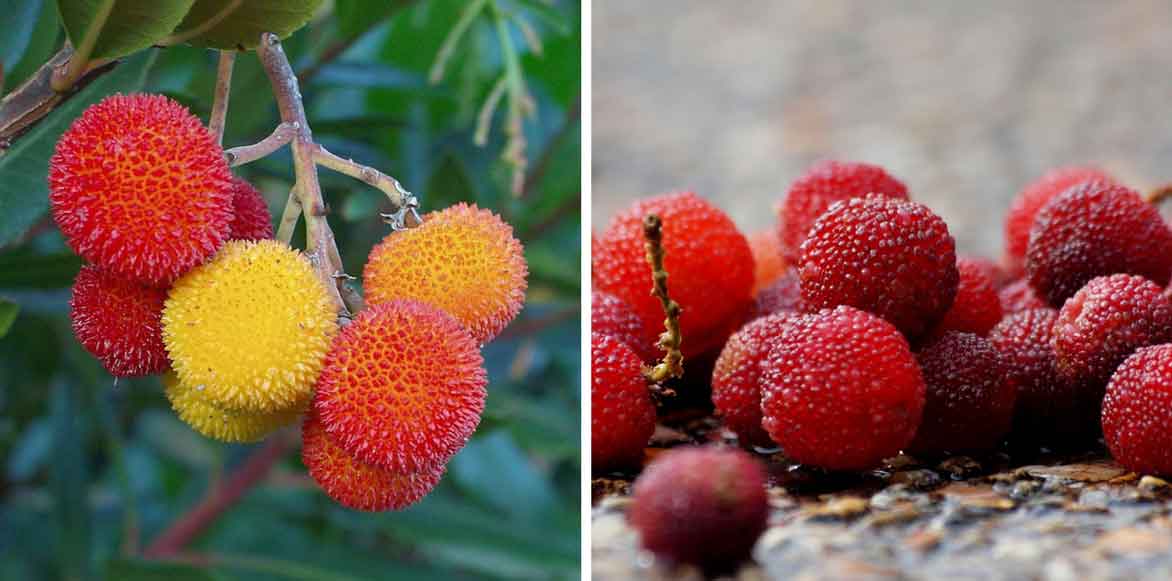

Rather bland and slightly sour, the flesh of arbutus berries lives up to its name: unedo means “I eat only one”!
Easy to grow, the Arbutus, quintessentially Mediterranean, fears neither long, hot, dry summers, which help ripen its fruits, nor poor, stony soils. It is undemanding and thrives in acidic, light, well-draining soils, even very dry in summer. It can tolerate ordinary, slightly alkaline soils as long as they are perfectly drained. It prefers sunny or partially shaded positions but sheltered from dry, cold winds, especially in windy regions.
However, it dislikes waterlogged or highly alkaline soils. While resistant and generally disease-free, it can sometimes suffer from “Strawberry Tree Leaf Spot,” which affects its leaves but is rarely fatal.
The Strawberry Tree is a highly decorative shrub that reveals its true splendour in autumn when other plants enter dormancy. It is stunning and creates exotic scenes in mild climates on terraces or in low-maintenance dry gardens.
With its decorative red berries and lush evergreen foliage, it is a must-have on the Mediterranean coast or in temperate to warm Atlantic climates, planted in sheltered spots to form informal hedges or adorn walls, grouped with other shrubs like Buddleias, Ceanothus, autumn Camellias, Abelias, and Berberis.
It makes an unusual specimen planted alone or as a focal point in beds alongside perennials like large artemisias, shrubby sages, sedums, and heleniums.
It pairs beautifully with dwarf pomegranates, sea buckthorn ‘Leikora,’ or the bright red fruits of a Himalayan cherry or Cotoneaster horizontalis. It harmonises perfectly with Mexican orange blossom, common dogwood, or spindle.
Its very slow growth and modest size in some varieties make it suitable for large pots in regions with harsher winters north of the Loire: it remains an attractive year-round feature with its glossy evergreen foliage, complementing winter heather, for example.
The Strawberry Tree is a medicinal plant whose leaves and roots have recognised benefits for hypertension and possess anti-inflammatory and anti-rheumatic properties.
Species and varieties
There are around fifteen species of Arbutus, with four being particularly widespread: the most commonly cultivated in gardens with mild winters and the smallest is Arbutus unedo, which has given rise to interesting cultivars such as A. unedo ‘Compacta’, a dwarf variety ideal for container growing, the compact ‘Roselily’, and A. unedo ‘Atlantic’, two introductions from Minier nurseries perfect for small gardens.
Alongside Arbutus unedo, there are other strawberry tree species: Arbutus andrachne and Arbutus x andrachnoides, a hybrid between unedo and andrachne, reaching 6 to 8 metres tall and more cold-resistant, and the gigantic Arbutus menziesii, or Pacific madrone, which can grow up to 30 metres tall.
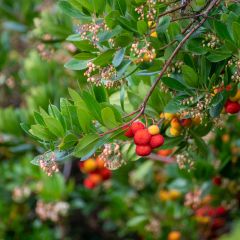
Arbutus unedo - Strawberry tree
- Height at maturity 5 m
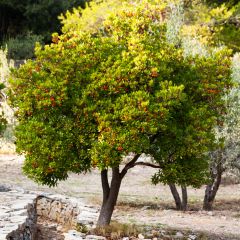
Arbutus unedo Compacta - Strawberry tree
- Height at maturity 2,50 m
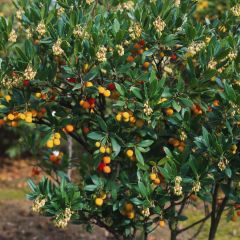
Arbutus unedo Atlantic - Strawberry Tree
- Height at maturity 2 m
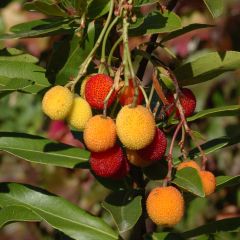
Arbutus unedo Roselily - Strawberry Tree
- Height at maturity 2,50 m
Discover other Arbutus - Strawberry tree
Planting
Where to Plant the Strawberry Tree?
This shrub thrives best in regions spared from severe cold, south of the Loire, in Mediterranean areas and along the Atlantic coast, as it dislikes harsh winters. The Strawberry Tree can survive in all regions where temperatures are unlikely to drop below -15°C to -20°C. However, climate change increasingly favours its growth in less temperate areas.
It tolerates sea spray but fears winter storms that scorch its evergreen foliage: though hardy, it will appreciate being planted in a spot sheltered from cold winds.
The Strawberry Tree can be planted in full sun or partial shade in neutral or preferably acidic soil, such as heathland soil, provided it is well-drained.
This is a valuable shrub for informal hedges, at the centre of a shrub bed or among sun-loving perennials, or even in an orchard. Compact varieties are well-suited to growing in large pots on terraces and balconies, especially in regions with harsh winters in northern France, where they can be moved to a conservatory during the cold season.
With very slow growth, this is a low-maintenance shrub, making it ideal for small gardens or urban gardens.
However, choose its location carefully, as once established, it dislikes being transplanted.
When to Plant the Strawberry Tree?
To encourage successful establishment, the Arbutus is best planted in the ground in spring, ideally in March, or in autumn, in September. Planting can also be done from February to late March and from late summer to November, but avoid periods of extreme heat or frost.
How to Plant It?
Planting is the crucial step. The Arbutus can tolerate ordinary soil, but drainage must be excellent.
In the Ground:
For hedges, space plants 1 m apart.
- Loosen the soil
- Dig a hole 3 to 5 times wider than the root ball and 50 cm deep
- Plant the shrub at soil level, in a mix of garden soil, heathland soil and organic fertiliser
- Add pumice if your soil has poor drainage
- Backfill the hole
- Firm the soil gently
- Water regularly during the first year after planting
- Protect from heavy frost with mulch and winter fleece
Container Growing
North of the Loire, it is best grown in pots when winter conditions are too harsh, as the Strawberry Tree fears only one thing: severe frost. The Strawberry Tree makes a beautiful potted specimen, especially as there are outstanding dwarf varieties like Arbutus unedo ‘Compacta’.
Use a very well-draining, lightweight mix of soil, true heathland soil and well-rotted compost, as it cannot tolerate waterlogging. Choose a large container at least 30–40 cm in diameter. Water regularly but sparingly. In winter, in very cold regions, move the shrub indoors to a bright, warm spot. Bring it back outside when temperatures begin to rise.
Maintenance, Pruning and Care
A well-established strawberry tree is remarkably low-maintenance and requires no fertiliser or special care. Ensure thorough watering, 2 to 3 times per month, during the first year after planting. Once established after 2 or 3 years, it will tolerate drought and dry soils well, requiring no summer watering even during heatwaves – except for potted specimens, which are more sensitive to water shortage.
In autumn during the first few years, apply a thick layer of organic mulch (pine bark or needles, leaf litter) and use winter protection fleece to shield it from severe frosts. Learn more in our article Protecting and overwintering strawberry trees.
Being slow-growing, pruning is unnecessary. Only intervene in spring to remove any dead branches or for very light shaping to maintain a balanced form.
Potential pests and diseases
When grown under good conditions, the Strawberry Tree proves to be resistant and rarely affected by diseases and pests. However, it can be quite frequently subject to aphid attacks and leaf spots, particularly “Strawberry Tree Septoria”, both of which are not serious.
Propagation
While the Strawberry Tree can be propagated by sowing in pots under a cold frame in autumn or by cuttings, layering – though very slow – remains the most recommended method. Root development is extremely slow, requiring patience, as roots may take up to two years to appear.
By Layering
- In late summer, around August, select a flexible branch near the base of the tree that bends easily
- Dig a shallow trench in the soil close to the parent plant
- Gently bend the chosen branch down to the ground
- Remove leaves and side shoots from the section of the stem to be buried
- Scrape the bark lightly with your fingernail or a small knife over a 5-10 cm section
- Lay the prepared section of the Arbutus branch into the trench, burying it about 5 cm deep to encourage rooting
- Fill in the trench and secure the layered branch with two metal pegs (such as tent pegs, for example)
- Support the exposed tip of the branch with a stake
- After one or two years, once sufficient roots have formed, you can separate the new plant from the parent and transplant it
Pairing
The Strawberry Tree is particularly valuable for brightening up free-growing hedges, fruiting hedges, or beds of evergreen shrubs with its vibrant berries, alongside Buddleias (Buddleia weyeriana ‘Sungold’), California Lilacs (Ceanothus), autumn-flowering Camellias, Common Myrtle, Abelias, or Barberries ( B. thunbergii ‘Orange Rocket’).
It pairs beautifully with dwarf pomegranates (Punica granatum ‘Nana’), the orange berries of a Sea Buckthorn, the bright red fruits of Carissa macrocarpa or Cotoneaster horizontalis, or the stunning crimson bottlebrushes of a Callistemon. It will harmonise perfectly with the glossy evergreen foliage of Pittosporum tobira, Mexican Orange Blossom (Choisya), Common Dogwood (Cornus sanguinea), or European Spindle ‘Red Cascade’, as well as hawthorns, which will highlight its winter fruiting.
Its dark foliage creates striking contrasts with grey-leaved shrubs like Artemisia or Buddleia ‘Silver Anniversary’, or golden-leaved varieties (Sambucus nigra ‘Golden Tower’). It also complements autumn colours alongside Smoke Bush (Cotinus) or as a focal point in a bed of Mediterranean perennials with late blooms, such as shrubby sages, sedums, heleniums, or California Fuchsia.
→ Discover more plant pairing ideas with the Strawberry Tree in our expert guide.
Useful resources
- Discover our lovely range of Strawberry Trees in our shop and our article Strawberry Tree: how to choose the perfect variety?
- Follow our care advice for your Arbutus: “Strawberry Tree – diseases and treatments“.
- Our tips for growing a Strawberry Tree in a pot
- Strawberry Tree: how to harvest and use its fruits in cooking?
- Discover Sophie’s advice sheet: 7 trees for seaside gardens
- Why isn’t my Strawberry Tree producing fruit?
Frequently asked questions
-
My strawberry tree has yellow leaves, why?
To begin with, don't worry excessively – it's normal for the oldest leaves to yellow even on evergreen shrubs. The strawberry tree prefers well-drained, free-draining soils. Yellowing and falling leaves may indicate overwatering. Ensure it's not planted in heavy or clay soil and water moderately. The strawberry tree thrives in dry, almost stony soils. Additionally, the cause could be related to exposure: your strawberry tree needs full sunlight and dislikes draughts, so make sure its location suits it well.
-
My Strawberry Tree is losing its leaves in a worrying way, plus they have brown spots, what should I do?
The Strawberry Tree is highly resistant and rarely affected by diseases. However, it can occasionally suffer from "Strawberry Tree Leaf Spot" (Septoria unedonis). This fungus attacks the leaves, causing brown to reddish-brown spots, sometimes dotted with small black marks when the weather is mild and humid. The infection leads to the rapid shedding of affected leaves.
To limit its spread, gather and dispose of or burn fallen leaves. You can treat the remaining foliage with a fungicide available from garden centres, but we recommend preventing further outbreaks by treating your shrub in autumn or late winter with Bordeaux mixture.
This infection is not fatal—though it may affect the tree’s appearance and vigour, it won’t stop your Strawberry Tree from bearing fruit.
- Subscribe!
- Contents



































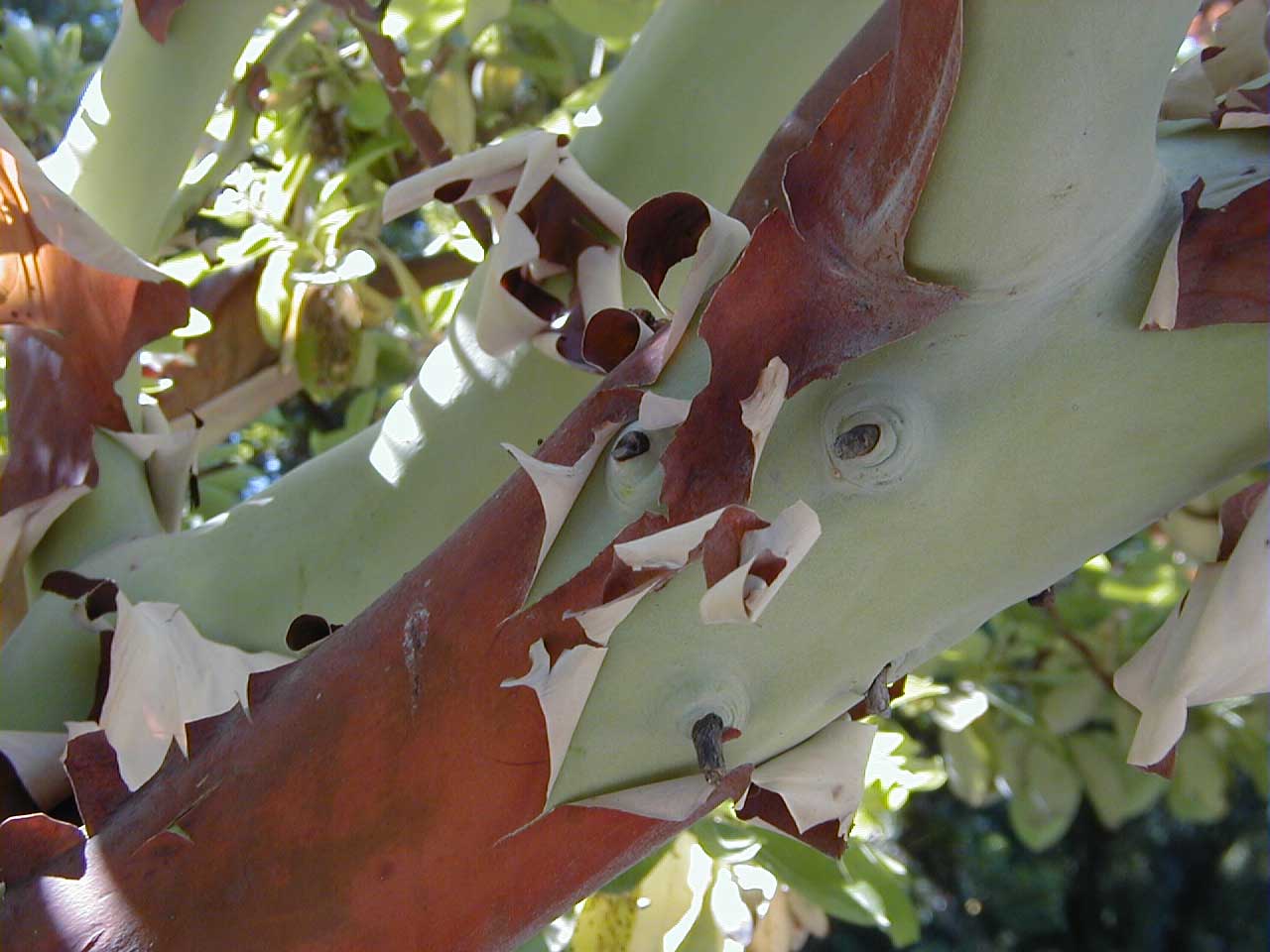
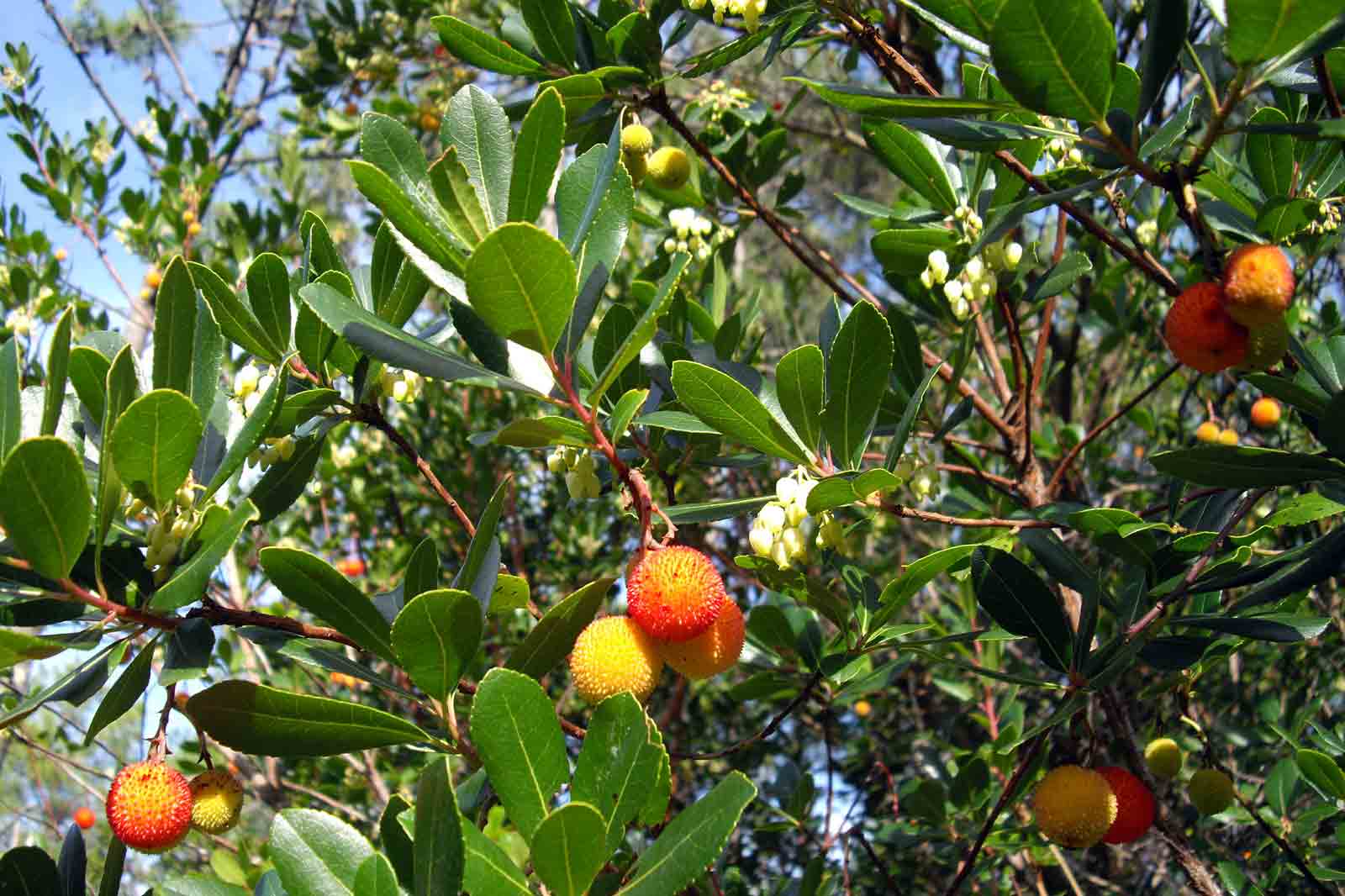



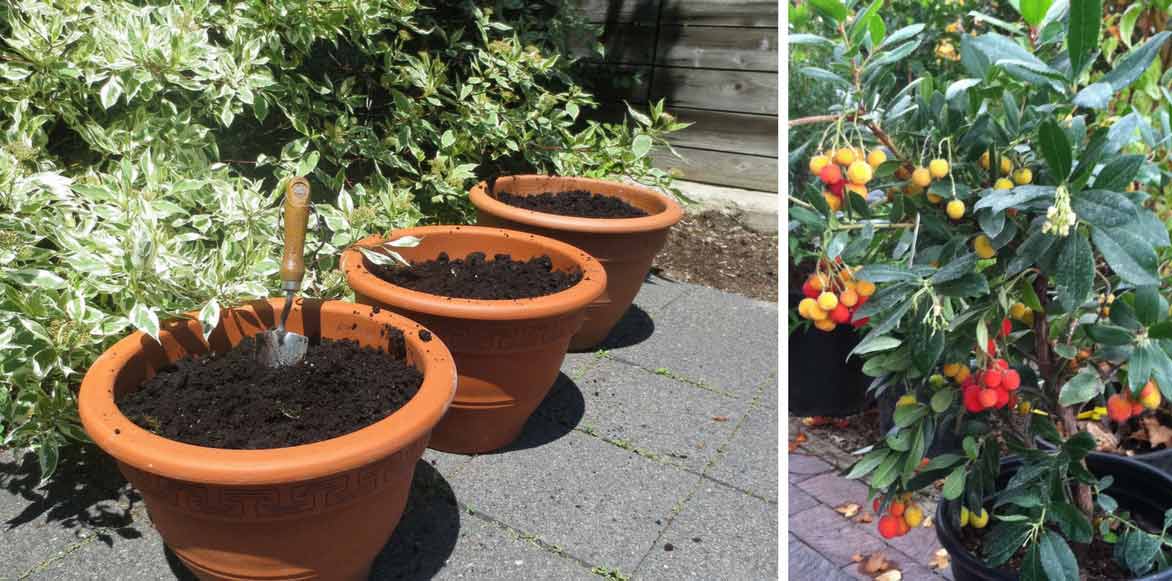
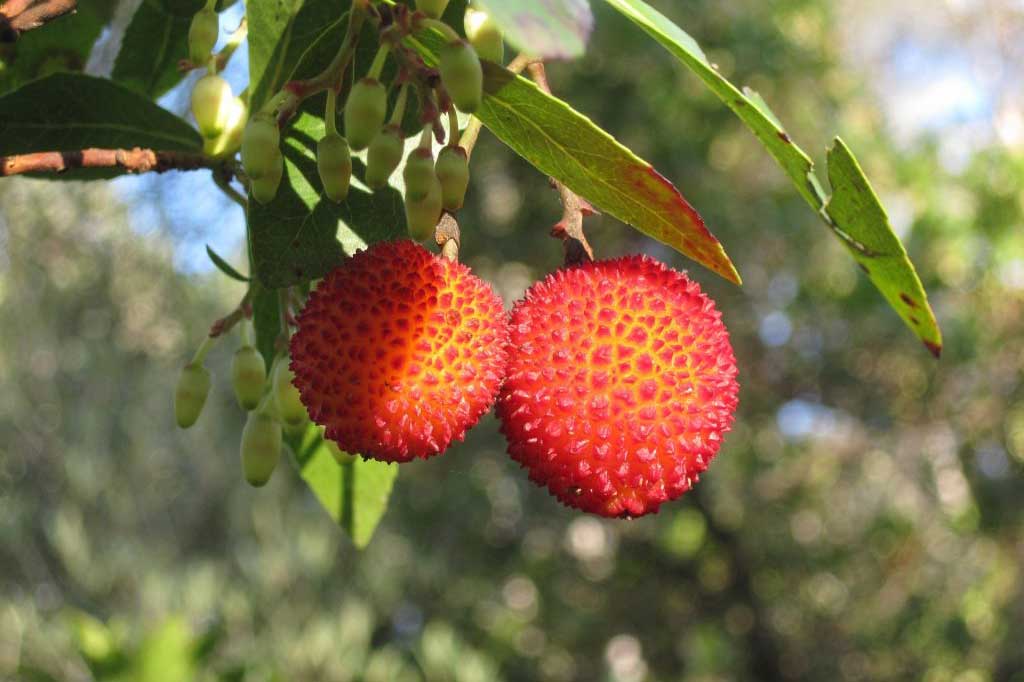
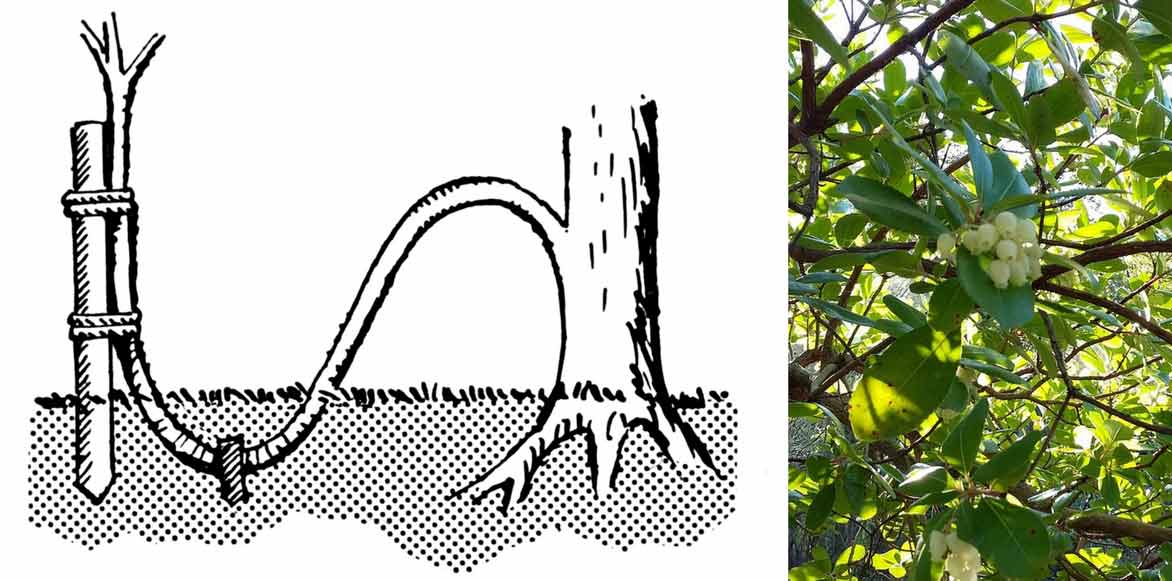
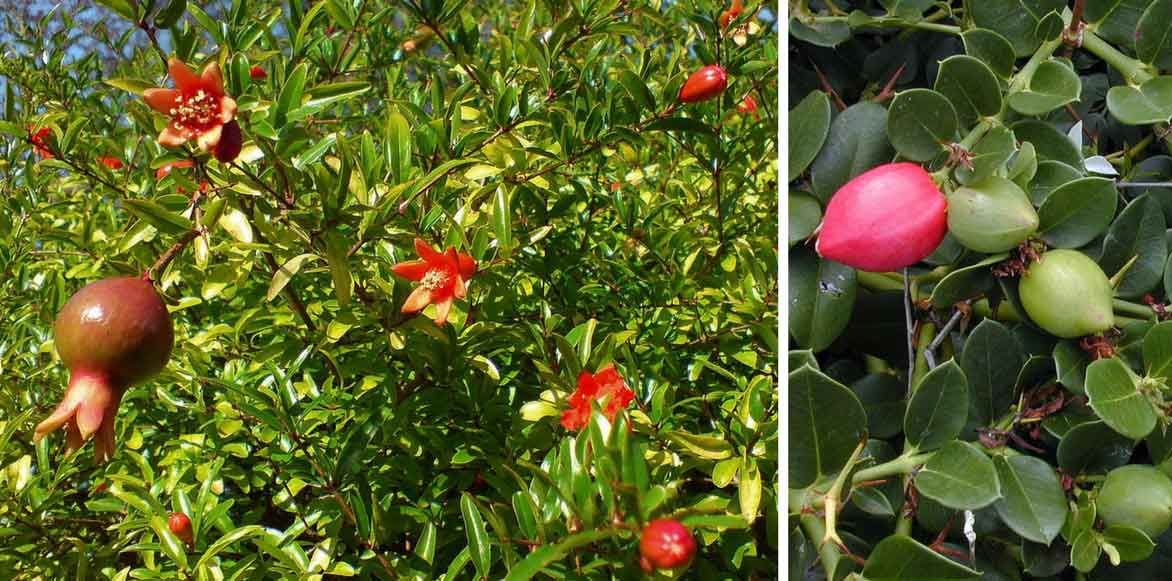
Comments